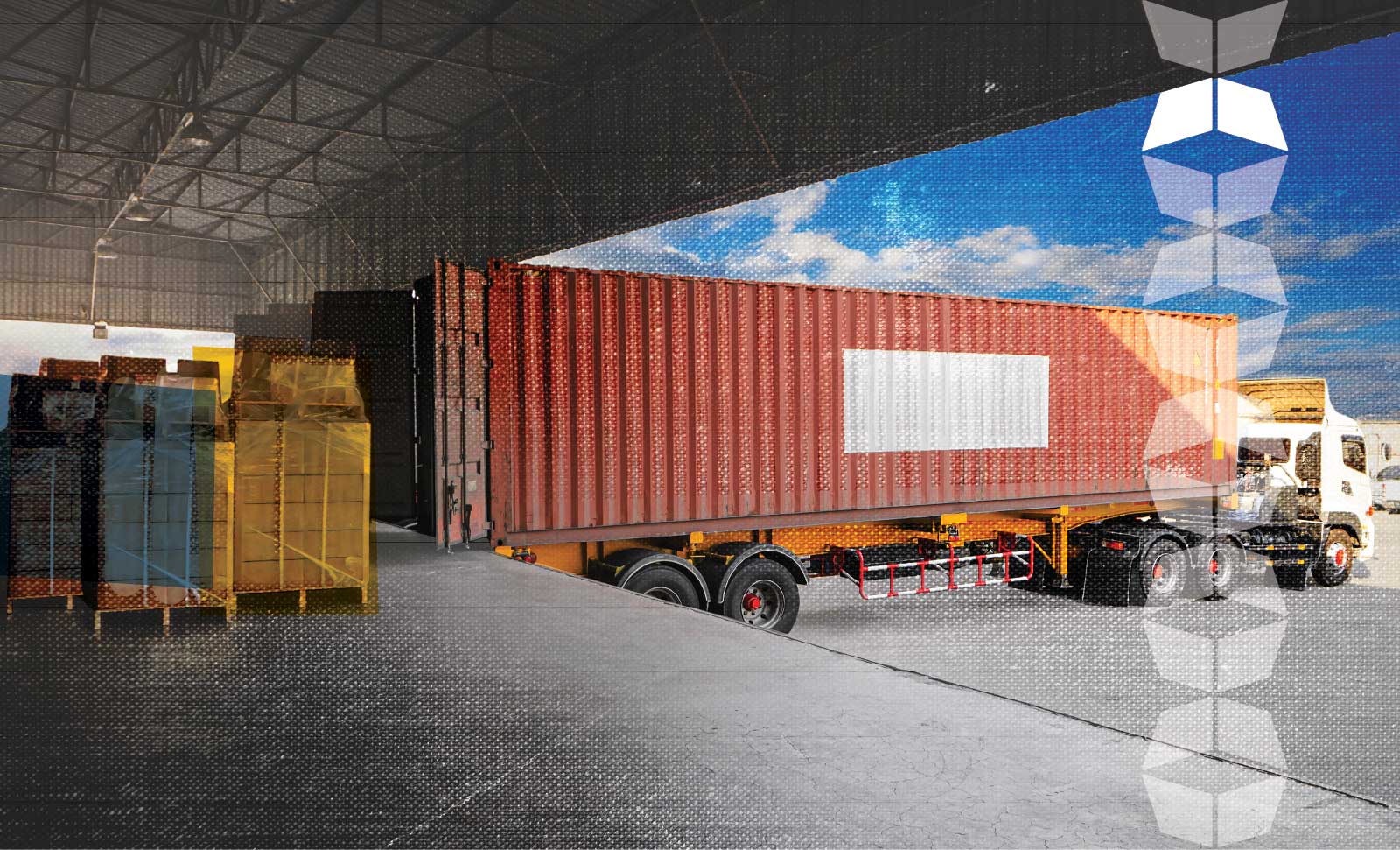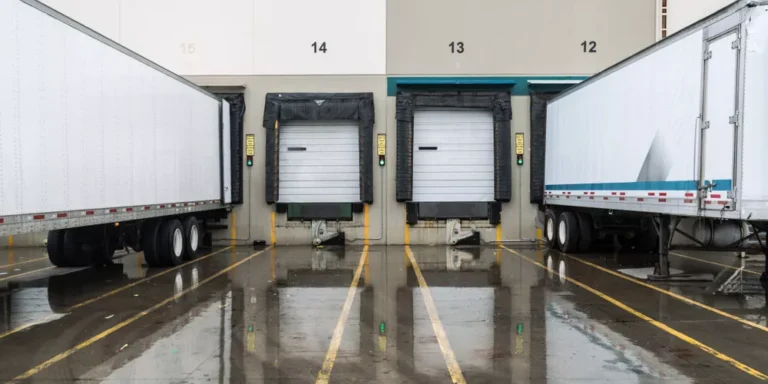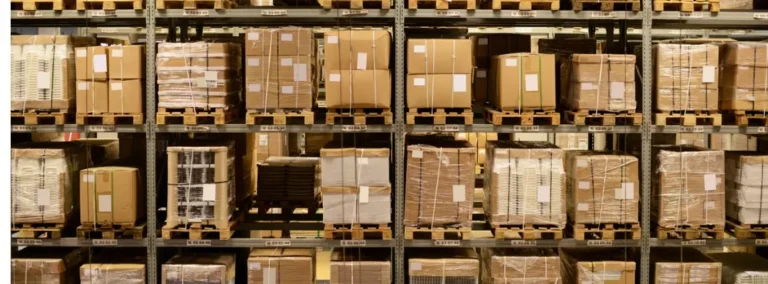Smart Shipping Starts by Understanding Freight Charges
The year: 2025. For U.S. suppliers and manufacturers, the cost of doing business is more competitive as materials and components from abroad carry a heavier price tag thanks to tariffs and global markets jockeying for better commerce positions. Some companies took a precautionary pause while others reacted by frontloading product shipments and inventories.
How did you respond?
While it may prove futile to try and change the trajectory of this transitory phase, there are steps to get an edge in the movement of goods from factory floor to end-customer. Simply by understanding the makeup of freight charges and shipping options available, cost-saving opportunities appear.
Smart shipping practices come from knowledge-based planning and using strategies to optimize routes, capacity, and delivery. Creativity plays a role too, where choosing specific transit modes like truckload, less-than-truckload (LTL), rail, or intermodal, and weighing the benefits of working with one carrier versus another can impact the overall financial picture. For companies regularly shipping high product volumes to multiple locations, slight fluctuations in freight charges can be the difference in scale pursuit or pullback.
What Are Freight Charges?
In a nutshell, freight charges or rates are the costs of transporting goods from one location to another, typically paid by shippers or receivers, though there are a variety of ways payment arrangements are set up. Freight rates are also affected by shipment weight, route distance, mode of transportation selected, and if extra services are required, known as accessorials (think special treatment).
Requests for liftgate, special handling, delivery escorts, added insurance, and detention (longer than normal wait times for loading and unloading) are some of the most common accessorials.
Freight rates can go sideways
Even when freight charges are tallied in detail and well in advance, there are other factors to consider when determining freight rates.
Seasonal challenges can affect shipping reliability; weather-related conditions including hurricanes, bomb cyclones, flooding, windstorms, and fires can wreak havoc on loading and delivery schedules. Organizing carrier hauls in regions known for inclement climates often bear higher pricing because of the added risks.
Geopolitical stressors, now more normal than naught, give new meaning to the term disruption, escalating freight rates where transporting goods may face delays from blocked passageways or closed ports.
Once the potential variables affecting a given shipment are identified, freight rates can be calculated and payment disbursed. And with multiple ways to receive goods and provide payment, there’s a process fit for every transaction.
Common Types of Freight Charges
Taking ownership of freight entails financial implications and increases layers of liability from the point of freight origin to the destination. By understanding the ins and outs of freight charges, shippers and receivers know what to expect and how to avoid oversights and miscalculations. Here are the options:
Consignee collects.
Instead of the shipper, the person receiving the freight pays for all charges upon delivery, including taxes or customs declarations owed.
Prepay and add (PPA)
Under this arrangement, the shipper pays freight fees upfront and adds those charges to their customer’s invoice as a mechanism of reimbursement for freight costs paid. This is a common practice among online retailers that pay shipping companies upfront and, in turn, add those costs to the end-customer’s final bill.
Third party
When you work with a third-party freight broker like WSI, you’re not left chasing down rates or juggling invoices from multiple carriers. We handle the details—booking the shipment, coordinating with the carrier, and paying them on your behalf. You get one clear invoice from us that covers everything.
Because freight brokers work with a large network of carriers every day, they can often negotiate better rates than you’d get on your own. And they can help you understand where those charges come from, so there are no surprises later on.
Cash on delivery (COD)
This type of payment arrangement is similar to a services rendered, payment upon receipt scenario. The carrier collects payment from the person or party receiving the shipment at the time of delivery. The payment is forwarded to the shipper, often with an added fee from the carrier.
Free-on-board (FOB) origin
Also referred to as FOB shipping, free-on-board origin means the receiver (buyer) takes ownership of the goods and pays for associated costs before the shipment leaves the dock to begin its journey to the destination. The seller’s responsibility ends once goods are safely aboard the designated transport at the point of origin. Because the FOB origin transaction is a completed sale, the buyer assumes responsibility for the goods throughout their transit, no matter the risks or disruptions that may happen and cause damage or loss along the way.
FOB origin, freight prepaid
Once a shipment arrives at the shipper’s dock, its point of origin, and becomes the responsibility of the receiver (buyer), the shipper pays the outstanding freight charges.
FOB origin, freight prepaid, and charged back
FOB origin freight charge applies, with an added step. The seller will pay the shipping costs upfront, but then includes those charges on the buyer’s invoice, with the buyer taking responsibility for and ownership of the goods at the point of origin.
FOB destination, freight collect
Under this type of agreement, the seller continues to own the goods and is responsible for them until they reach the buyer’s destination where the freight charges fall upon the buyer.
FOB destination, freight collect, and allowed
Similar to FOB destination freight collect, this form of accountability allows the seller to add freight costs and other charges to their invoice, with the receiver of goods paying for them even if the seller manages the shipment.
With all the ways to orchestrate the transfer of goods, understanding freight rates and how to optimize the choices can reset business expectations and strengthen customer relationships.

How Freight Charges Vary by Mode
Establishing the method of transportation for routing products and materials to a single or multiple destination points can be challenging but compiling and comparing the rates of each helps build a strategy that makes sense to shippers and receivers.
Here are North American freight transportation modes suppliers, manufacturers, and retailers rely on:
LTL (less-than-truckload)
Cost-savings and capacity can efficiently meet through LTL shipping. The freight rates are calculated by the National Motor Freight Classification (NMFC) system that includes 18 classes numbered from 50 to 500; lower class number equals lower cost to ship. Each shipment is assigned a classification based on density, handling needs, value, and liability. Shipment weight, distance to be traveled, and the amount of accessorials will also impact LTL freight rates.
FTL (full truckload)
FTL charges can be a flat rate or a per-mile calculation of the distance between pickup and delivery points. Considering the minimum weight for an FTL load is 20,000 pounds, and freight rates are fixed no matter the shipping weight or dimensions, full truckloads are more economical than LTL. However, pricing offsets or additions can happen depending on the season the transit takes place, cost of fuel – which can fluctuate, and extra services needed to complete the haul (though the incidence of accessorials is typically less than LTL).
Intermodal and Rail
Transporting materials long distance or to multiple destinations can be difficult to maneuver scheduling, labor availability, and on-time deliveries without running into a snag. And when freight includes sensitive products like perishables or chemicals, the stakes run high, and the risks can be costly and cause undue harm. Finding the right balance of transit efficiency, reliability, and affordability are compounded by using intermodal shipping—combining more than one form of freight, such as trucking and rail, to complete a shipping transaction.
Adding rail can help lower costs and manage the flow of transit by carrying more volume within a single haul, instead of having to secure multiple trucks and the drivers to run them. Pricing will take into account some of the same factors affecting trucking freight rates: the length of haul (LOH), supply and demand, fuel prices, any special shipment requirements, and if the freight is moved by trailer or container.
Here’s a detailed list of what can influence intermodal and rail freight rates:
- Contract Pricing – for shippers seeking set levels of capacity to cover a specific period of time, carriers can negotiate a set freight rate so there’s no surprises.
- Spot Market Pricing – for greater flexibility, rates can be negotiated on a shipment-by-shipment basis and will fluctuate due to current market conditions and demand.
- Linehaul Costs – the use of rail adds other expenses to freight that otherwise isn’t included with trucking-only transit, and covers expenses in transporting freight over long distances by rail
- Drayage, trucking’s short haul of moving container cargo to and from ports, rail yards, and warehouses, to the intermodal ramp
- Interline fees are incurred when freight is transported across two or more railroads. The originating railroad is typically charged the interline fees by the receiving railroad.
- Fuel Surcharges – businesses opting for intermodal will discover that fuel costs are dictated by national diesel rates, affecting the overall intermodal rate charged.
- Demurrage – Transloading goods from one freight mode to another is known as free time amid the intermodal process. But when there are delays, demurrage begins, calculating additional charges for time spent over allowable free time.
Additional costs for container handling, ramp usage, and ramp-to-door charges can also be accessorials; so, it’s important to ask about those details when researching intermodal or rail transportation.
Parcel
For individual packages and smaller freight under 150 pounds, parcel shipping is ideal for direct-to-consumer and ecommerce businesses. Uncomplicated, compared to other freight choices, parcel shipping is readily accessible to customers through local, national and global carriers like UPS, FedEx, DHL, and USPS.
Tips to Effectively Manage Freight Costs
Pinpointing the best shipping option for every order isn’t an exact science. Having the right information at the right time is part of the equation—the rest comes from working with people who have an inside track on logistics trends and how outside influences can alter recommended solutions.
Deciphering rates can be overwhelming, and that’s when partnering with a trusted 3PL proves an invaluable resource for auditing and explaining freight charges. With their help,
- Freight profiles and packaging requirements are more digestible, reducing freight reclassification or reweighing.
- Routing guides become the go-to for shipment planning and last-minute fees become a thing of the past.
- Technology is a shipper’s and receiver’s best friend. Transportation management systems (TMS) increase shipment visibility, enabling pivots when necessary and avoiding disruptions and runaway costs.
- Paperwork is less hassle and more manageable. Plus, with the new trade regulations and tariffs, carriers and their customers need to be on top of accountability and HS codes.
Understanding Freight Charges Takes a Load Off Uncertainty
Supply chains thrive when reliable logistics support their endeavors and exceed expectations. When business landscapes shift, uncertainty of the outcomes can create doubt and hamper decision-making. Getting a true sense of freight charges and applying that comprehension is empowering, and ensures alignment between buyers, sellers and carriers.
Cost matters. Collaborating with WSI for freight brokerage, fulfillment, warehousing, and logistics is smart shipping, driving optimization, efficiency, and continuous improvement through open communication and ongoing support.

About the Author

Melanie Stern
Melanie enjoys a longstanding career in communications, crafting content for varied industries. Her experience includes writing blogs, news editorial, feature articles, social, and broadcast segments. She also hosts Institute for Supply Management’s bi-weekly podcast “Supply Chain – Unfiltered”.









